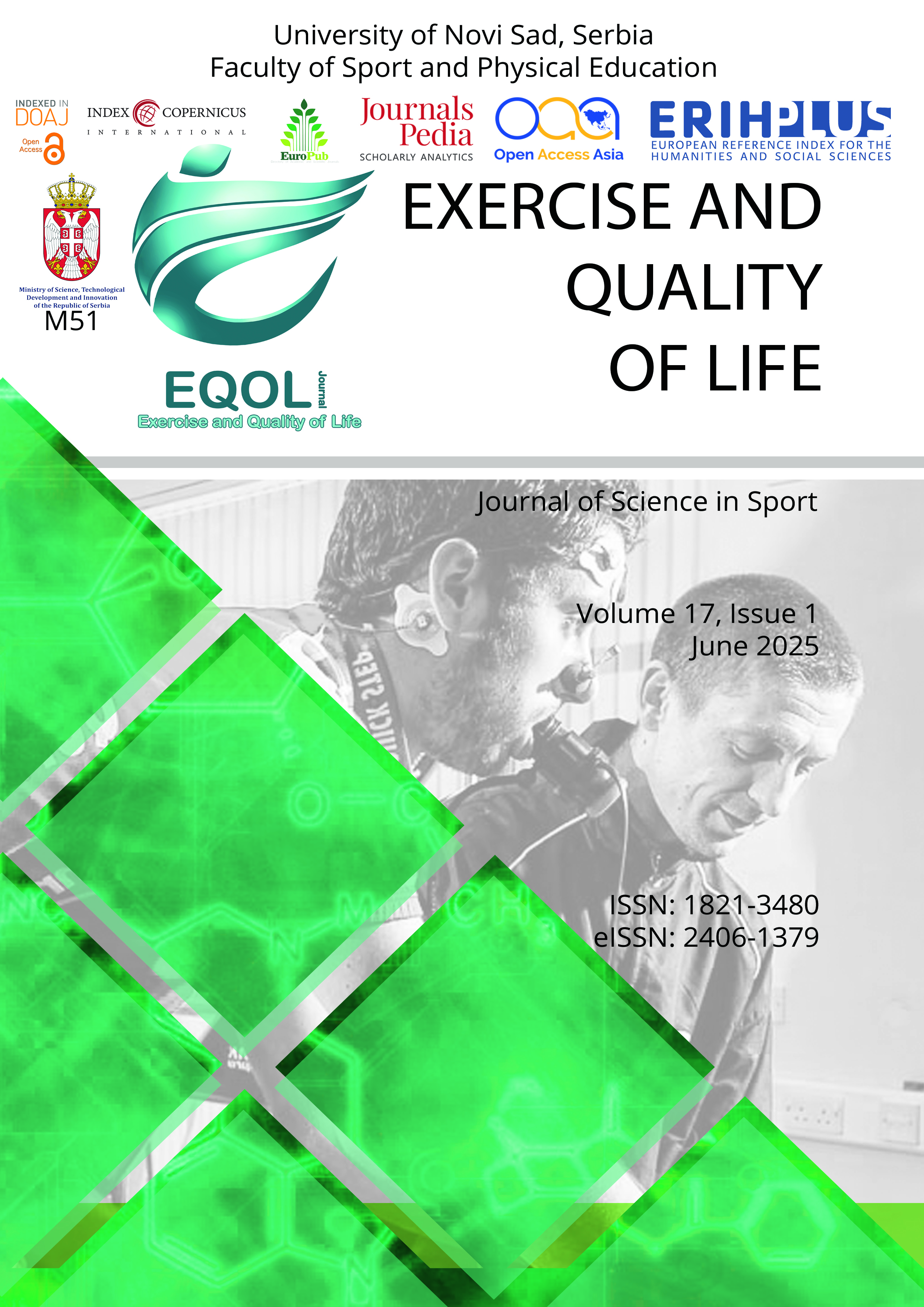
More articles from Volume 1, Issue 1, 2009
Index analysis of technical-tactical preparedness of Olympic games 2008 judo champions (men)
Can agility training affect athletic power performance?
The effect of ageing on contraction time of postural and non-postural skeletal muscles in master athletes
Physical activity of adult women in Greece. Differences between urban and rural residents
The influence of total physical inactivity on plasma homocysteine levels. Risk factor for development of cardiovascular disease
A comparison of heart rates between simulated and real altitude
Faculty of Sport , Ljubljana , Slovenia
Faculty of Sport , Ljubljana , Slovenia
Abstract
The aim of the presents study is to make a comparison between heart rates measured at real altitude and at the simulated altitude (in hypoxic chamber), before and after the process of acclimatization. Six students (two women and four men) of Faculty of sport in Ljubljana participated in the study. They undergone eighteen day long acclimatization process on 2100 - 5642 m. Heart rates were measured in rest and during the step test before and after the acclimatization, at two locations: high altitude simulation chamber in Ljubljana and real altitude in Elbrus, Kavkaz, both at 2100 m. The results showed that heart rates were not significantly different between real altitude and simulated altitude. Acclimatization process caused a decrease of heart rates in both cases. From that we can conclude that it would be possible to train in hypoxic chamber and therefore shorten the acclimatization time in real very high mountains. Heart rate could be used as an objective parameter of the quality of the acclimatization. This should be proven in the future by research on bigger sample.
Keywords
References
Citation
Copyright

This work is licensed under a Creative Commons Attribution-NonCommercial-ShareAlike 4.0 International License.
Article metrics
The statements, opinions and data contained in the journal are solely those of the individual authors and contributors and not of the publisher and the editor(s). We stay neutral with regard to jurisdictional claims in published maps and institutional affiliations.
























